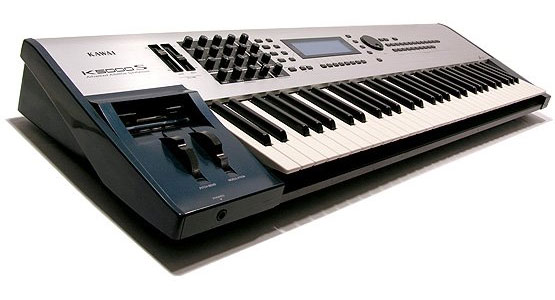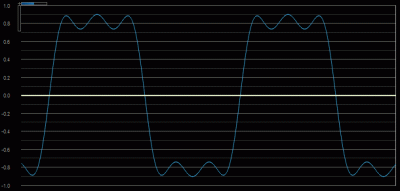
Additive synthesis is based on the theory that any sound can be made by combining a series of sine waves at various frequencies (see the lesson on harmonics for more details). Start adding waves together and you get new, harmonically-rich waveforms. Essentially you’re deciding at which frequencies you want your harmonics and adding them yourself.
Old Hammond organs operated on this principal. They used a whole bunch of tone wheels that consisted of a toothed wheel and a magnetic pickup. Each wheel produced a sine wave as the teeth moved past the pickup. As you pulled out the various drawbars on the organ, the different sine waves would be added to the mix. This was an early form of additive synthesis, even though the waves were generated electromechanically.
It’s difficult to go very far with additive synthesis using analog hardware. Each wave needs its own oscillator, and to get sounds that are very complex, it requires quite a few of them. This can get very bulky and expensive rather quickly. Most sounds found in nature would require hundreds or even thousands of sine waves to accurately reproduce them.
Digital synthesizers make it easier to do additive synthesis. All the waves are just numbers in a computer, so you can add as many as you want if you have enough processing power.
Nothing says you can only add sine waves, either. Mixing all kinds of waves will give you new, interesting sounds.












